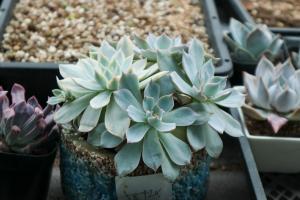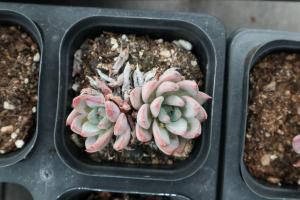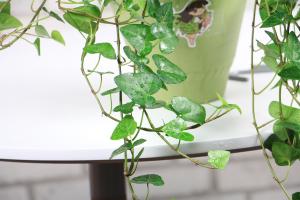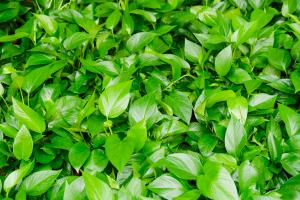When to Plant a Lemon Tree in Melbourne
Melbourne, the capital city of Victoria, Australia, is known for its cold and wet winters and warm and dry summers. These climate conditions can have a considerable impact on the growth and development of lemon trees. If you are planning to plant a lemon tree in Melbourne, there are things to consider, especially the best time to plant.
The Best Time to Plant a Lemon Tree in Melbourne
The best time to plant a lemon tree in Melbourne is in the early spring, around September to October. During this time, the soil and air temperature is starting to warm, which promotes root growth and establishment. Planting during this season allows the tree to establish itself before the hot and dry summer months. The young tree requires less water during the cooler months as there is more moisture in the soil.
Preparing the Soil for Planting
Before planting, it is essential to prepare the soil. A well-draining soil type with a pH level of 5.5 to 6.5 is ideal for a lemon tree to develop well. The soil can be improved by adding organic matter such as compost or well-rotted manure.
The tree should be planted in a sunny location where it can receive at least six hours of sunlight per day. The position should also have protection from the wind. The hole for planting should be twice the size of the root ball to allow for root growth.
Caring for the Lemon Tree After Planting
After planting, the lemon tree requires regular watering to establish itself. Watering should be done deeply and regularly, especially during hot and dry weather conditions. Fertilization should also be done regularly every six to eight weeks using a balanced citrus fertilizer, particularly during the growing season.
Pruning should be done during the winter months, which helps to promote air circulation, sunlight penetration, and fruit production. Dead and diseased wood should be removed.
Common Problems with Lemon Trees in Melbourne
Lemon trees in Melbourne can be affected by pests and diseases, which can impact fruit production. The most common pests include citrus leafminer, scale insects, and citrus gall wasps. The most common diseases include citrus canker, root rot, and brown rot.
To avoid these problems, it is essential to maintain good hygiene around the tree, including removing fallen leaves and fruit, and control pests and diseases using organic non-toxic methods.
Conclusion
In summary, planting a lemon tree in Melbourne requires careful consideration of the best time to plant, soil preparation, and care after planting. Planting during early spring provides the best conditions for root growth and establishment. Watering, fertilization, and pruning are necessary to promote healthy growth and fruit production. Control of pests and diseases is also important to maintain a healthy tree.

 how many times do yo...
how many times do yo... how many planted tre...
how many planted tre... how many pine trees ...
how many pine trees ... how many pecan trees...
how many pecan trees... how many plants comp...
how many plants comp... how many plants can ...
how many plants can ... how many plants and ...
how many plants and ... how many pepper plan...
how many pepper plan...































